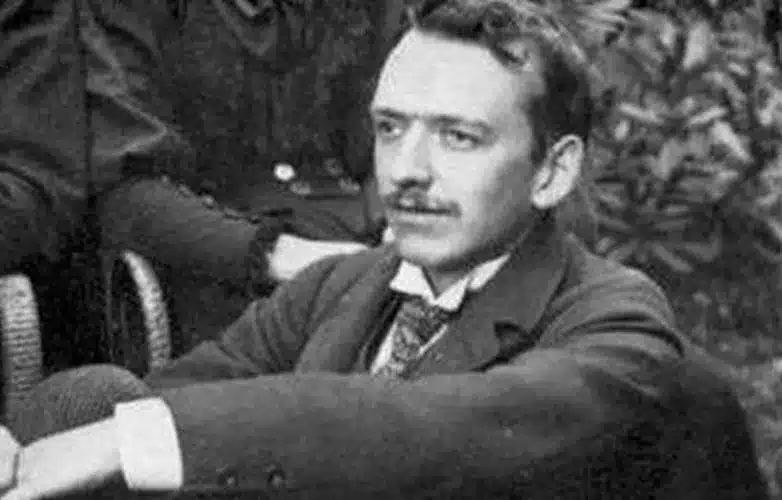C. T. R. Wilson: The Pioneer of Cloud Chambers and Atmospheric Physics

C T R Wilson (14 February 1869 – 15 November 1959) was a Scottish physicist and meteorologist. He won the Nobel Prize in Physics in 1927, for inventing the Wilson cloud chamber, which was used to study radioactivity, X-rays, cosmic rays, and other nuclear phenomena.
Life and Career
Charles Thomson Rees Wilson was born on 14 February 1869, in Scotland. He went to Manchester’s Greenheyes Collegiate School for his primary education. Later, he enrolled at Owen’s College, where he majored in Biology with the intention of becoming a physician. He started researching clouds and their properties in 1893. At this time, he worked at an observatory on Ben Nevis where he conducted his observations. When he was working in his Cambridge laboratory, he tried to make the same thing with sealed containers and humid air.
He also researched cloud formations caused by radiation and ions. His research focused on the behavior of ions as condensation nuclei between 1896 and 1900. In 1900, he became a lecturer, demonstrator, and fellow at Sidney Sussex College. He also studied atmospheric electricity in 1901. By 1912, he was able to optimize his creation, the cloud chamber, a particle detector that was used to detect ionizing radiation. Scientists used this invention during the 1920s and 1930s to prove and support a lot of theories and ideas.
In 1913, he was appointed an observer at the Solar Physics Department for Meteorological Physics. He studied ionizing particle tracks and thunderstorm electricity while working there. He taught advanced practical physics at the Cavendish Laboratory until 1918. He started studying lightning in 1916 and he was appointed Jacksonian professor of natural history at Cambridge in 1925 and remained there until 1934.
He developed a method for protecting British wartime barrage balloons from lightning based on his thunderstorm studies, and he published a thunderstorm electricity theory in 1956. Upon retirement, he moved to Edinburgh, and then to Carlops at Glencorse. He worked on his manuscript on the ‘theory of thundercloud electricity’ during this time. He died on 15 November 1959, in Carlops, Scotland.
Award and Legacy
He won the Nobel Prize for Physics in 1927, for his invention of the Wilson cloud chamber. He received the Duddell Medal and Prize from the Institute of Physics in 1931.
Observer Voice is the one stop site for National, International news, Sports, Editor’s Choice, Art/culture contents, Quotes and much more. We also cover historical contents. Historical contents includes World History, Indian History, and what happened today. The website also covers Entertainment across the India and World.

